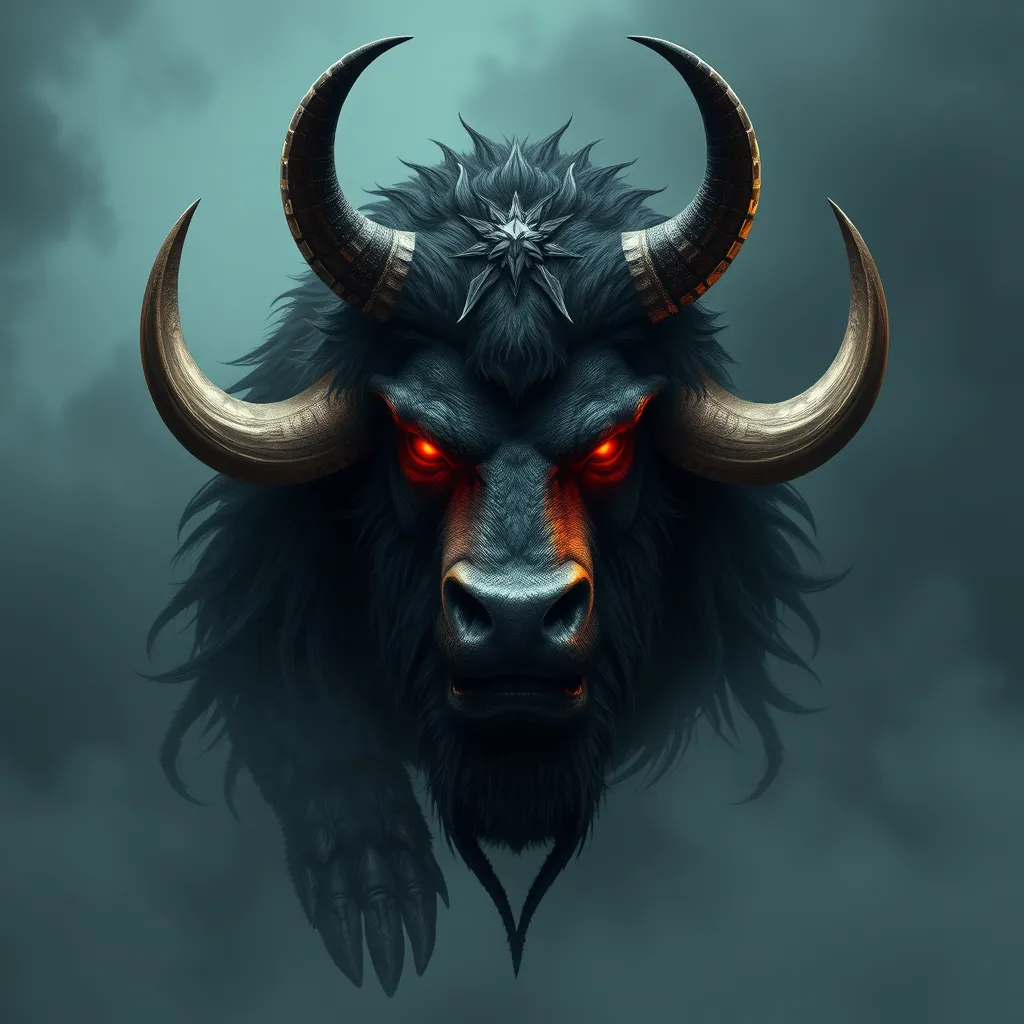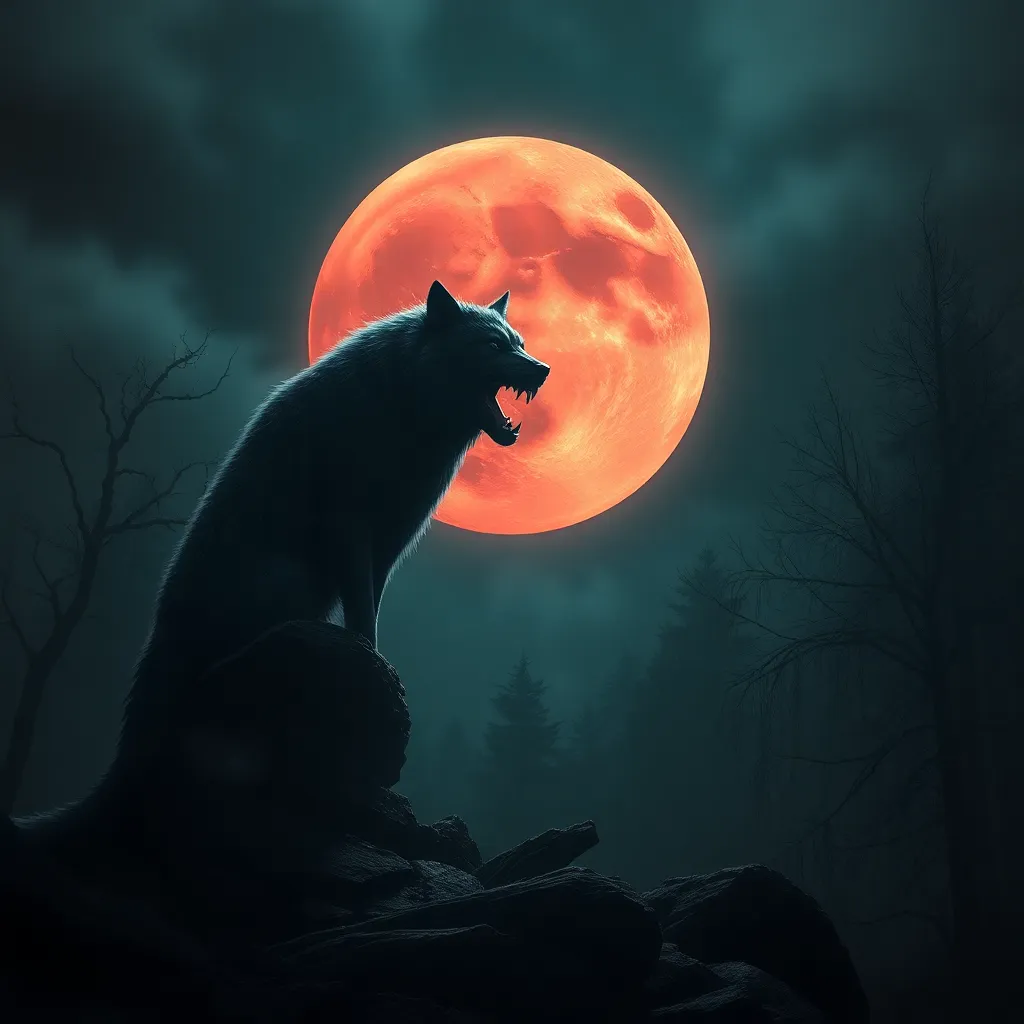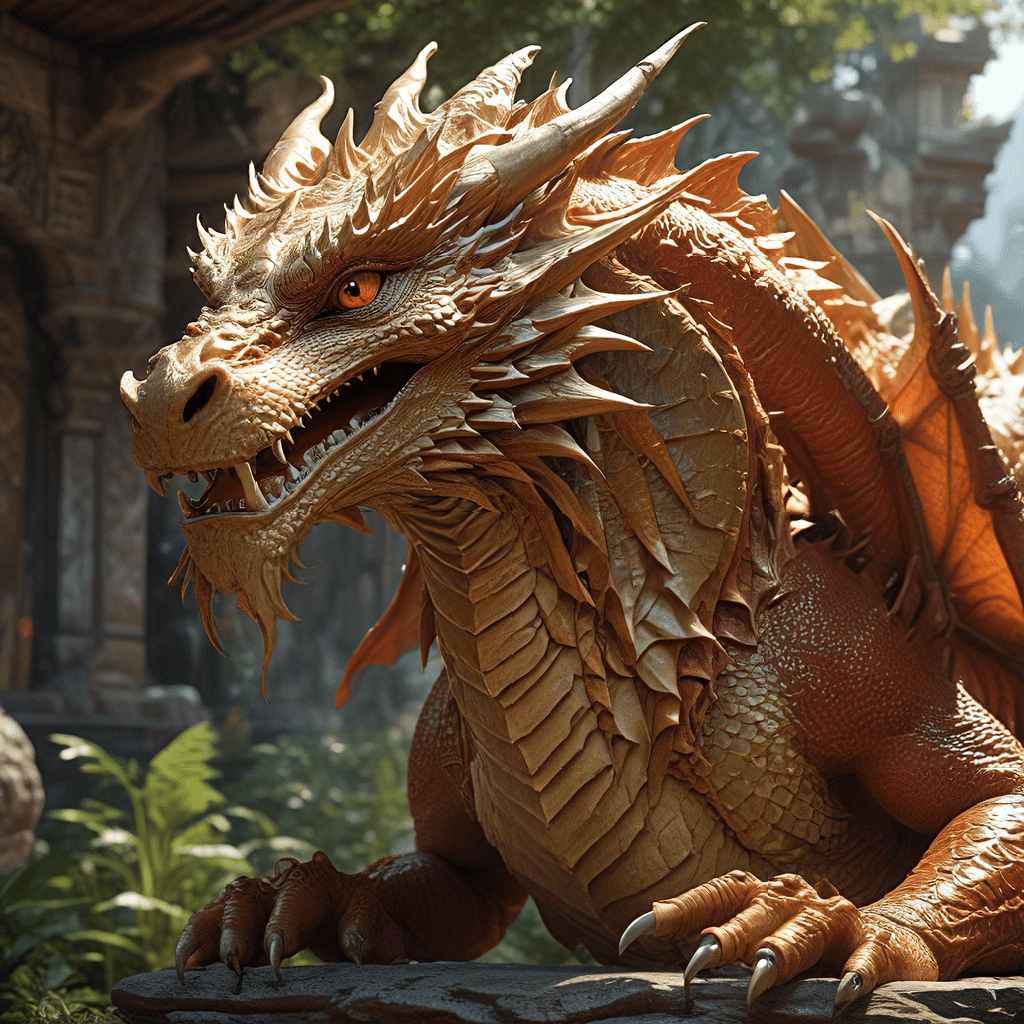The Minotaur’s Voice: Exploring the Monster’s Perspective and Motivation
I. Introduction
The Minotaur, a creature of Greek mythology, is often depicted as a fearsome monster with the body of a man and the head of a bull. This hybrid being has captured the imagination of countless generations, symbolizing the darker aspects of human nature and the complexities of identity. The myth of the Minotaur invites us to consider not only the horror of its existence but also the deeper narratives that lie beneath the surface. This article aims to delve into the Minotaur’s perspective and motivations, exploring its story from a fresh angle to better understand the nature of monsters in our world.
Understanding the narratives of monsters is crucial as it allows us to empathize with those who are often marginalized or misunderstood. By examining the Minotaur’s voice, we can uncover themes of isolation, duality, and the quest for belonging that resonate with many individuals today.
II. Historical Context of the Minotaur Legend
The origins of the Minotaur myth can be traced back to ancient Crete, where it was woven into the larger tapestry of Greek mythology. The Minotaur was born from the union of Pasiphaë, the wife of King Minos, and a magnificent bull sent by Poseidon. This unnatural birth set the stage for a tale filled with tragedy and intrigue.
Key figures in the myth include:
- King Minos: The ruler of Crete, who ordered the construction of the labyrinth to contain the Minotaur.
- Daedalus: The brilliant craftsman who designed the labyrinth, a complex maze meant to confine the beast.
- Theseus: The hero who ultimately confronts the Minotaur and seeks to end its reign of terror.
Over time, the Minotaur’s story has evolved through various interpretations, reflecting changing societal values and beliefs about monstrosity and humanity.
III. The Minotaur as a Symbol of Isolation and Alienation
The labyrinth, a key element of the Minotaur myth, serves as a powerful metaphor for confinement and isolation. As the creature roams its intricate pathways, it represents the profound sense of alienation that many individuals experience in their own lives. The maze symbolizes not only physical entrapment but also the psychological struggle of feeling lost and disconnected from the world.
The Minotaur’s existence within the labyrinth reflects a yearning for connection and understanding. Despite its monstrous appearance, the creature’s isolation prompts us to consider its inner life and desires, which may mirror our own attempts to seek acceptance and love.
IV. The Duality of the Minotaur: Man vs. Beast
Central to the Minotaur’s identity is its dual nature. Born of a human mother and a divine bull, the Minotaur embodies the struggle between animalistic instincts and human emotions. This inner conflict is a poignant exploration of what it means to be both human and monstrous.
As the Minotaur grapples with its identity, it raises important questions:
- What does it mean to be a monster?
- Can we separate our instincts from our humanity?
- How does society define monstrosity?
Ultimately, the Minotaur’s struggle invites us to reflect on our own identities and the complexities that lie within each of us.
V. Motivation Behind the Minotaur’s Actions
The Minotaur’s actions can be understood through the lens of fear and survival. Trapped within the labyrinth, the creature is driven by a primal instinct to defend itself from perceived threats. The maze, designed to contain it, becomes a prison that heightens its rage and frustration.
Additionally, the Minotaur is a pawn in the schemes of others, particularly King Minos, who utilizes the creature to instill fear in his enemies and maintain control over the people of Crete. This manipulation underscores the broader themes of power and sacrifice, as innocent lives are fed to the Minotaur in tribute.
VI. The Minotaur in Modern Interpretations
In contemporary literature, art, and film, the Minotaur has been reimagined in ways that humanize the creature. Modern interpretations often explore the Minotaur’s humanity, depicting it as a misunderstood figure rather than a pure monster. These retellings serve to challenge our perceptions of monstrosity and encourage empathy.
Examples of modern interpretations include:
- Literary works that focus on the Minotaur’s perspective, allowing readers to empathize with its plight.
- Artistic portrayals that emphasize the creature’s emotional depth and vulnerability.
- Films that explore themes of societal outcasting, using the Minotaur as a metaphor for the struggles of marginalized individuals.
VII. Lessons from the Minotaur’s Perspective
Examining the Minotaur’s narrative provides valuable lessons about empathy and compassion. By understanding the creature’s motivations and struggles, we can foster a more inclusive society that recognizes the complexities of identity.
Key takeaways include:
- Understanding that those labeled as “monsters” may have their own stories and struggles.
- The importance of looking beyond appearances and preconceived notions.
- Recognizing the implications of societal labels and how they affect marginalized individuals.
VIII. Conclusion
In conclusion, the Minotaur’s story is one of complexity, motivation, and a yearning for connection. By exploring the creature’s perspective, we uncover rich narratives that challenge our understanding of monstrosity and humanity. Embracing diverse narratives in mythology encourages us to look beyond superficial labels and consider the deeper truths that exist in all stories.
As we reflect on the Minotaur’s voice, let us be inspired to explore the stories of other “monsters” in literature and life, fostering empathy and understanding in a world that often divides us.



